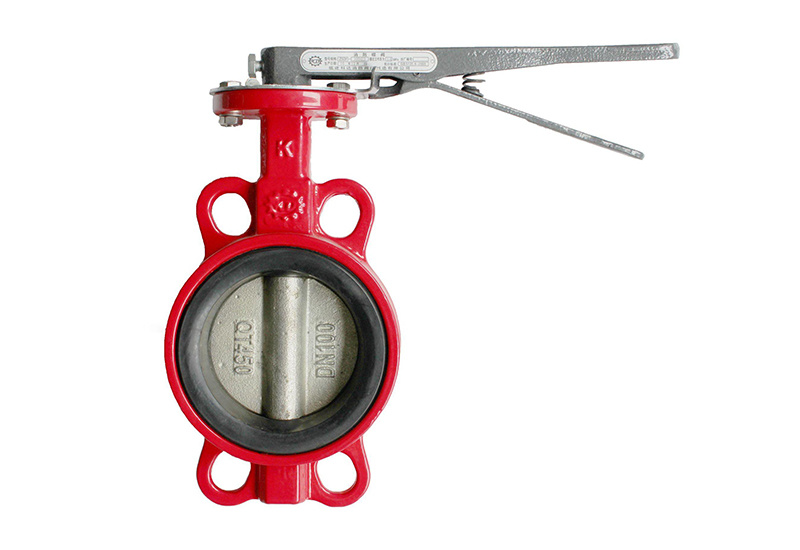A basic introduction to gearboxes? Let's take a look together!
Release date:
2021-11-23
There are quite a few key points we need to understand before using a gearbox—points that many users may still be unclear about. So, let’s dive into some essential information about gearboxes right now. If you’re curious, grab your chance to learn more—it might just be exactly what you need to know!
There are still quite a few key points we need to understand before using a gearbox—points that many users may not be fully aware of. So, let’s dive into some essential information about gearboxes right now. If you’re curious, don’t hesitate to check it out—it might just be exactly what you need to know!
When we talk about this gearbox, you can actually get a hint of its components just from its name. It has a remarkably wide range of applications— for instance, it’s extensively used in wind turbine systems, where the gearbox serves as a critical mechanical component. In fact, it’s an indispensable part in these setups. Of course, its role is particularly significant: its primary function is to transmit the power generated by the wind turbine blades under the force of the wind to the generator, ensuring that the generator operates at the appropriate rotational speed. You Additionally, when using a gearbox, it’s important to note that the rotor typically rotates at very low speeds—far below the speed required for the generator to produce electricity. To bridge this gap, the gearbox employs its gear mechanism to increase the rotational speed, which is why it’s also commonly referred to as a "speed-increasing gearbox." While the terminology may vary, you’ll soon realize that these are all just different ways of describing the same product. This is a reputable manufacturer, and if you’re considering ordering this product, feel free to browse our selection right here. We’re confident you won’t be disappointed! Plus, our prices are fair, and quality is always guaranteed. We warmly invite everyone to stop by and explore our offerings—you won’t want to miss out!
Now that we’ve learned about gearboxes, let’s explore some additional key points. Their primary function is to transmit power to the generator. Lubrication is typically achieved using gear oil or semi-fluid grease. These gearboxes are also widely used in applications such as conveying equipment, chemical machinery, and environmental protection systems. There are several common installation methods for gearboxes: horizontal, vertical, swing-base, and torque-arm types. As gearboxes endure forces from the wind turbine blades as well as reaction forces generated during gear transmission, they must be designed with sufficient rigidity to handle both loads and moments effectively. This ensures minimal deformation while maintaining optimal transmission performance. Additionally, users should understand that the gearbox housing design should align with the layout of the wind turbine’s power transmission system, taking into account manufacturing and assembly requirements. Manufacturers carefully engineer these designs to facilitate easy inspection and maintenance. Moreover, with the rapid advancement of the gearbox industry, the future outlook remains highly promising. More and more industries—and an increasing number of companies—are adopting gearboxes into their operations. By mastering this knowledge, you’ll be well-equipped to avoid potential issues when using these critical components.
Here's the content of the article: Some basic information about gearboxes—if you’re not already familiar with them, now’s the perfect time to learn! We hope this will be helpful to more of you. And don’t miss out—next time, we’ve got even more exciting content waiting for you!

Latest Updates
Share to
Address: NO.7A BULIDING, ZHUAO IND.ZONE,OUBEI STREET, YONGJIA, 325105,WENZHOU,ZHEJIANG CHINA
Mobile phone:86-15868793566
Phone:86-577-57775050
Fax: 86-577-57779292
Email:boho@china-boho.com



